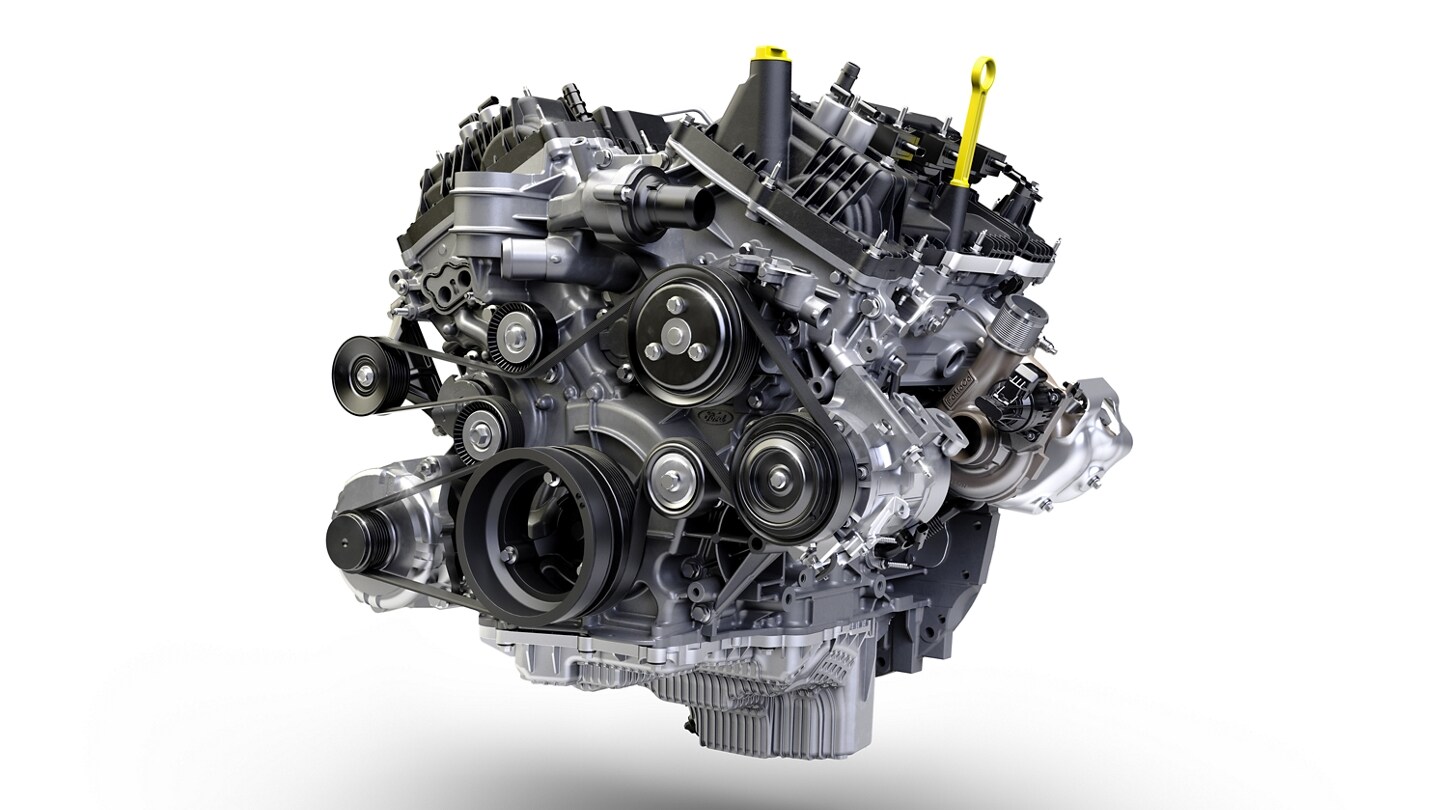What Makes a Car Engine Run Efficiently: Leading Tips for Ideal Care
The smooth operation of a vehicle engine is basic to both efficiency and longevity, making optimal treatment a vital responsibility for automobile proprietors. Trick practices, such as regular oil changes, preserving coolant degrees, and monitoring air filters, are vital yet usually neglected. Moreover, the value of inspecting stimulate plugs and ensuring appropriate tire stress can not be underrated. Comprehending exactly how these elements interconnect can boost not only the performance of your vehicle however additionally your general driving experience. What certain steps should you prioritize to ensure your engine remains in peak problem?
Regular Oil Adjustments
Among the most important aspects of vehicle upkeep is guaranteeing your engine gets regular oil adjustments. Engine oil lubricates internal parts, minimizes friction, and aids preserve optimal operating temperatures. With time, oil breaks down because of heat, impurities, and the all-natural by-products of burning, causing reduced performance and potential engine damages.
A lot of manufacturers advise changing the oil every 5,000 to 7,500 miles, but this period can vary based upon driving problems and oil type. For instance, artificial oils may permit longer intervals in between changes. Routine oil adjustments not just boost engine efficiency but also improve fuel performance, as clean oil advertises smoother procedure.
Overlooking oil changes can cause sludge accumulation, which impairs circulation and can cause extreme engine problems. It is important to check oil degrees regularly and keep track of for any kind of unusual changes in color or uniformity, which could show contamination or deterioration.

Preserving Coolant Degrees
Preserving proper coolant levels is crucial for avoiding engine getting too hot and making certain optimal performance. The coolant, normally a combination of water and antifreeze, distributes with the engine, soaking up warm and stopping thermal stress. Inadequate coolant can cause raised engine temperatures, which may cause serious damages or perhaps complete engine failure.
To preserve optimal coolant levels, on a regular basis inspect the coolant reservoir, normally situated in the engine bay. Ensure the coolant is filled up to the recommended mark, as indicated in your automobile's proprietor guidebook. It is a good idea to check the levels at the very least when a month or eventually journeys, particularly during extreme climate condition.
If you see that the coolant degree is continually reduced, there may be a leakage in the cooling system, which should be addressed without delay to avoid additional complications. 2.2 ford ranger engine. In addition, flushing the coolant system every two to 3 years can help eliminate any collected debris and make certain effective warmth exchange
Checking Air Filters

It is suggested to examine the air filter every 12,000 to 15,000 miles, or much more often if driving in damaging or dirty conditions. A straightforward visual assessment can often reveal whether the filter is filthy or harmed. It should be replaced quickly. if the filter shows up blemished or has visible dirt accumulation.
Utilizing a high-grade air filter designed for your particular automobile version can better enhance engine performance. Additionally, some cars may profit from multiple-use filters that can be cleansed and re-installed, giving a environmentally friendly and affordable choice.
Inspecting Glow Plugs
Ignition system are vital elements of a car's ignition system, directly influencing engine efficiency and effectiveness. They produce the spark that ignites the air-fuel combination in the burning chamber, assisting in the engine's power generation. Regular inspection of trigger plugs is critical for keeping ideal engine function and protecting against possible problems.
During an inspection, seek indications of wear or damage, such as splits, carbon accumulation, or excessive void widening. A healthy and balanced stimulate plug generally shows a light brown or tan color. Dark residue or oil deposits can indicate inappropriate combustion, while a blistered or white look might suggest getting too hot. Both conditions call for instant attention to protect against additional engine damage.
It's a good idea to inspect trigger plugs every 30,000 miles, or as recommended in your lorry's owner handbook. In addition, think about changing them according to the manufacturer's standards, as worn or old ignition system my review here can lead to misfires, minimized gas effectiveness, and raised emissions.
Tracking Tire Stress
Making sure correct tire stress is a vital facet of lorry safety and efficiency. click Under-inflated tires can bring about decreased fuel effectiveness, raised tire wear, and compromised handling. On the other hand, over-inflated tires can minimize grip and increase the risk of blowouts. Routine surveillance of tire pressure is crucial for optimal automobile operation.
Tire pressure ought to be inspected at the very least when a month and soon trips. Use a reputable tire pressure gauge to measure the pressure when the tires are cold, preferably prior to the automobile has actually been driven for at the very least 3 hours. Describe the automobile's owner manual or the placard located on the driver's side door jamb for the manufacturer's advised stress levels.
It is very important to note that tire stress can rise and fall with modifications in temperature; a drop of 10 ° F can cause a 1-2 psi decline in pressure. Additionally, aesthetically evaluate tires for any type of signs of wear or damages throughout your tracking routine. Keeping correct tire pressure not just improves car safety yet likewise enhances gas efficiency and lengthens tire life, eventually adding to a smoother engine efficiency.
Final Thought
In verdict, maintaining an auto engine's smooth operation needs diligent interest to numerous key elements. Inevitably, a proactive method to engine treatment is necessary for ensuring reliability and performance over time.
One of the most vital aspects of car maintenance is ensuring your engine gets normal oil adjustments. Engine oil lubricates internal elements, decreases rubbing, and aids maintain optimal operating temperatures. Regular oil modifications not only enhance engine performance however likewise improve gas performance, as tidy oil advertises smoother procedure.
Inadequate coolant can lead to boosted engine temperature levels, which might create severe damage or even total engine failing.